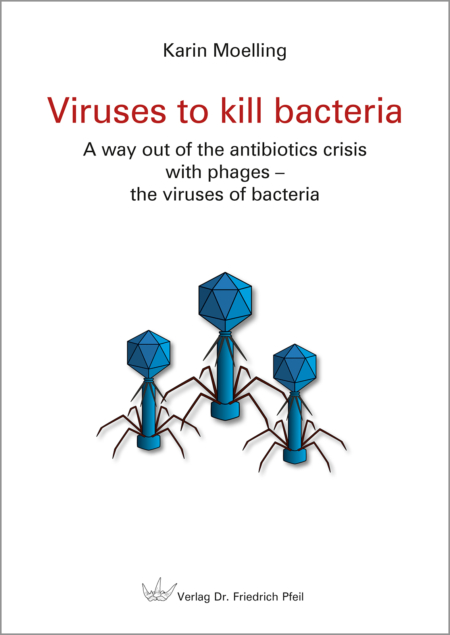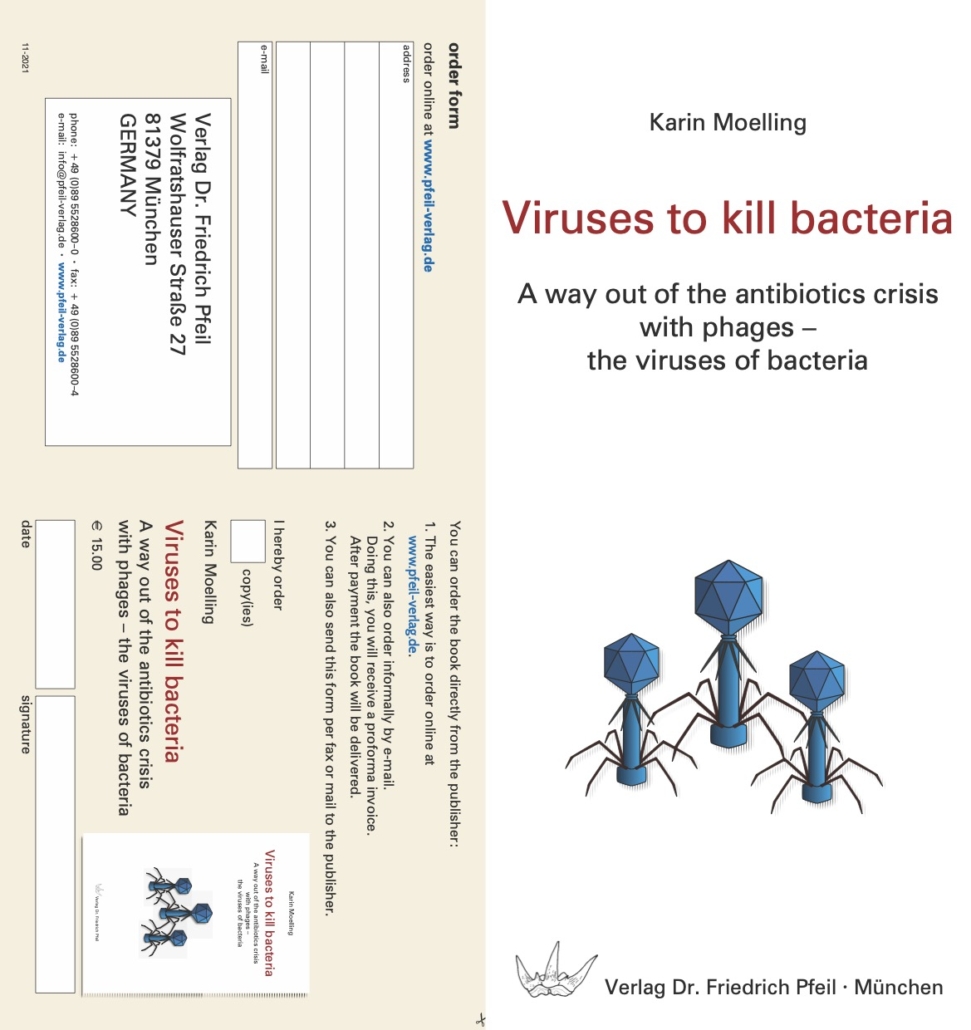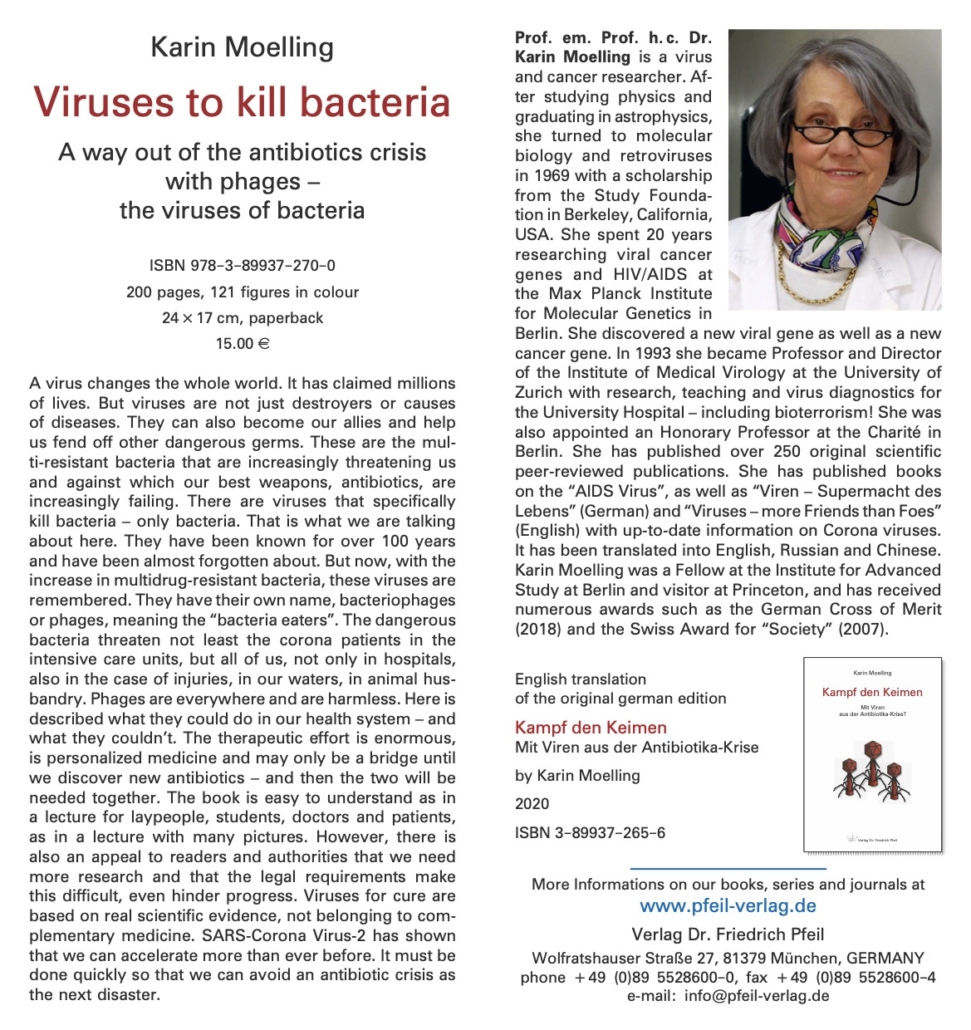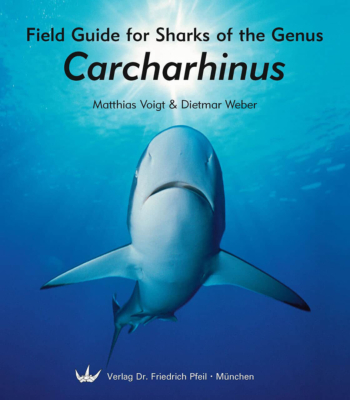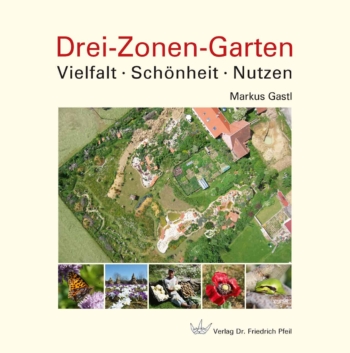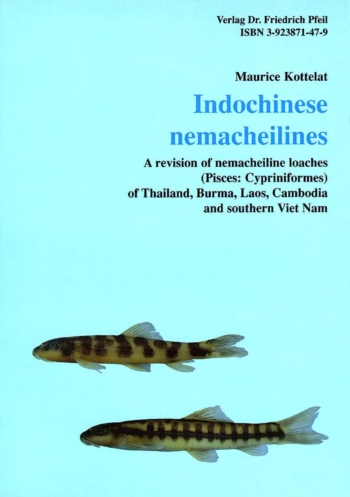Also available in German.
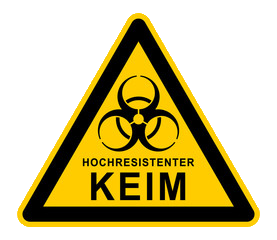 A virus changes the whole world. It has claimed millions of lives. But viruses are not just destroyers or causes of diseases. They can also become our allies and help us fend off other dangerous germs. These are the multi-resistant bacteria that are increasingly threatening us and against which our best weapons, antibiotics, are increasingly failing. There are viruses that specifically kill bacteria – only bacteria. That is what we are talking about here. They have been known for over 100 years and have been almost forgotten about. But now, with the increase in multidrug-resistant bacteria, these viruses are remembered. They have their own name, bacteriophages or phages, meaning the “bacteria eaters”. The dangerous bacteria threaten not least the corona patients in the intensive care units, but all of us, not only in hospitals, also in the case of injuries, in our waters, in animal husbandry. Phages are everywhere and are harmless. Here is described what they could do in our health system – and what they couldn’t. The therapeutic effort is enormous, is personalized medicine and may only be a bridge until we discover new antibiotics – and then the two will be needed together. The book is easy to understand as in a lecture for laypeople, students, doctors and patients, as in a lecture with many pictures. However, there is also an appeal to readers and authorities that we need more research and that the legal requirements make this difficult, even hinder progress. Viruses for cure are based on real scientific evidence, not belonging to complementary medicine. SARS-Corona Virus-2 has shown that we can accelerate more than ever before. It must be done quickly so that we can avoid an antibiotic crisis as the next disaster.
A virus changes the whole world. It has claimed millions of lives. But viruses are not just destroyers or causes of diseases. They can also become our allies and help us fend off other dangerous germs. These are the multi-resistant bacteria that are increasingly threatening us and against which our best weapons, antibiotics, are increasingly failing. There are viruses that specifically kill bacteria – only bacteria. That is what we are talking about here. They have been known for over 100 years and have been almost forgotten about. But now, with the increase in multidrug-resistant bacteria, these viruses are remembered. They have their own name, bacteriophages or phages, meaning the “bacteria eaters”. The dangerous bacteria threaten not least the corona patients in the intensive care units, but all of us, not only in hospitals, also in the case of injuries, in our waters, in animal husbandry. Phages are everywhere and are harmless. Here is described what they could do in our health system – and what they couldn’t. The therapeutic effort is enormous, is personalized medicine and may only be a bridge until we discover new antibiotics – and then the two will be needed together. The book is easy to understand as in a lecture for laypeople, students, doctors and patients, as in a lecture with many pictures. However, there is also an appeal to readers and authorities that we need more research and that the legal requirements make this difficult, even hinder progress. Viruses for cure are based on real scientific evidence, not belonging to complementary medicine. SARS-Corona Virus-2 has shown that we can accelerate more than ever before. It must be done quickly so that we can avoid an antibiotic crisis as the next disaster.
